Introduction
Java fern is a common aquarium plant that is often used in the aquarium hobby. It is a low-growing plant that spreads into a carpet and provides a dense area of foliage. Learn more about caring for your Java Fern, its requirements, different species and more in this article.
Basic Facts About Java Fern
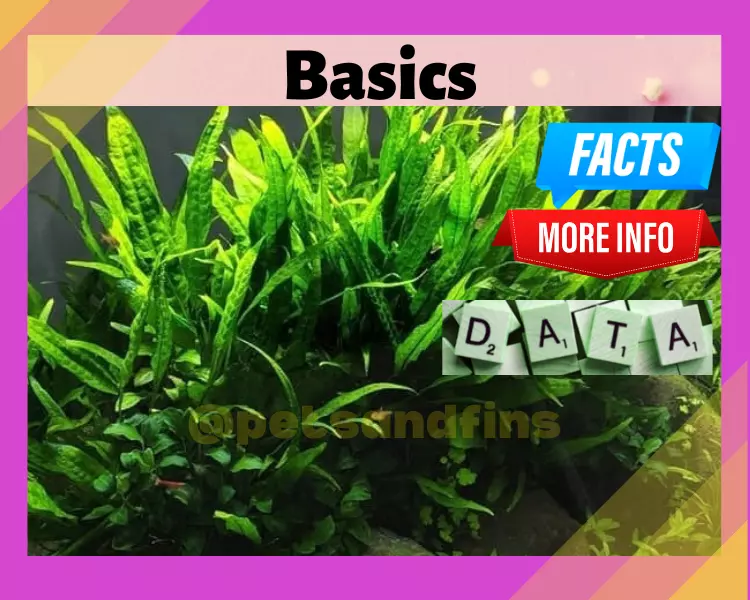
Java fern is a type of fern that is native to the tropical rainforests of the Philippines, Indonesia, Malaysia and even China.
Java Fern is also known as Microsorum Pteropus belongs to the Polypodiaceae family.
Java ferns are considered one of the easiest aquatic plants to care for. They are an interesting addition to their tank without complicated maintenance requirements.
Java Fern is a Fresh Water plant with about 60 different genera. They are used in aquariums and terrariums because they grow well on rocks and driftwood.
Java fern is a rhizome plant, meaning it has no roots. Instead produces new plants from the rhizomes.
Body of The Java Fern

The Java Fern, a tropical plant that grows in the water and on the land.
Java fern is a beautiful plant that can add elegance to any home. This plant has leathery texture and it’s thick leaves are flat and tall.
These beautiful plants have lush, green leaves and a bushy growth pattern that makes them ideal for creating a natural-looking habitat for your fish. The way you prune can change the way they grow, i.e., bushy or thin.
It tolerates different water conditions, so you don’t have to worry about changing them often.
It grows up to 12 – 14 inches long depending on variety.
It’s normal for the leaves to have brown bumps which go on to become ferns.
Types of Java Fern
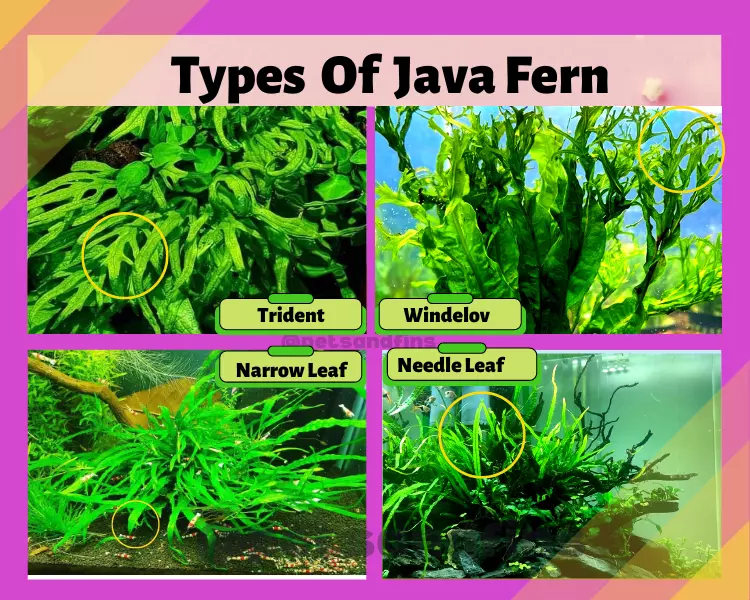
The Java Fern Types are Narrow leaf, Windelov, Needle Leaf & Trident. They are categorized as Microsorum Pteropus “type”. Example, Microsorum Pteropus “Narrow leaf”.
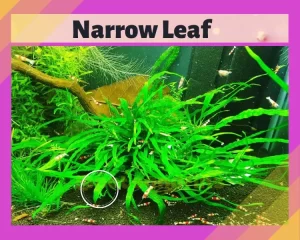
The Narrow leaf is the most common and is the first type of Java fern to grow. Its green or brown in color. The leaves are steep as the go towards the tip. They are also thin. As they mature they tend to twist slightly. The maximum growth is about 12 – 14 inches.
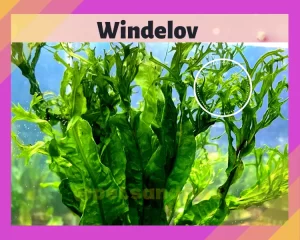
Windelov is a small and delicate, with leaves that are frilly and forked at the tip. It grows up to 8 inches tall. The difference between trident and windelov is that trident is not frilly. Also Windelov has more forks.
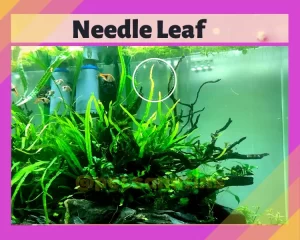
Needle Leaf is another type of Java Fern that has been named after its needle shaped leaves. Needle leaf java fern is a small plant that grows only six inches tall.
It’s difficult to tell its a java fern by its look, but if you take a closer look, you will see that it has very long leaves with sharp points which resemble needles.
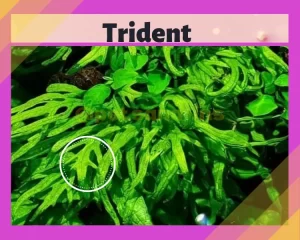
Trident java fern is a versatile plant that you can use to add a touch of green to your home.
It has feathery textured leaves and grows up to 10 inches. The tip of the leaf is forked like a trident and hence its name. It has a wide range of uses, from hanging baskets to aquariums and terrariums,
Requirements For Java Fern
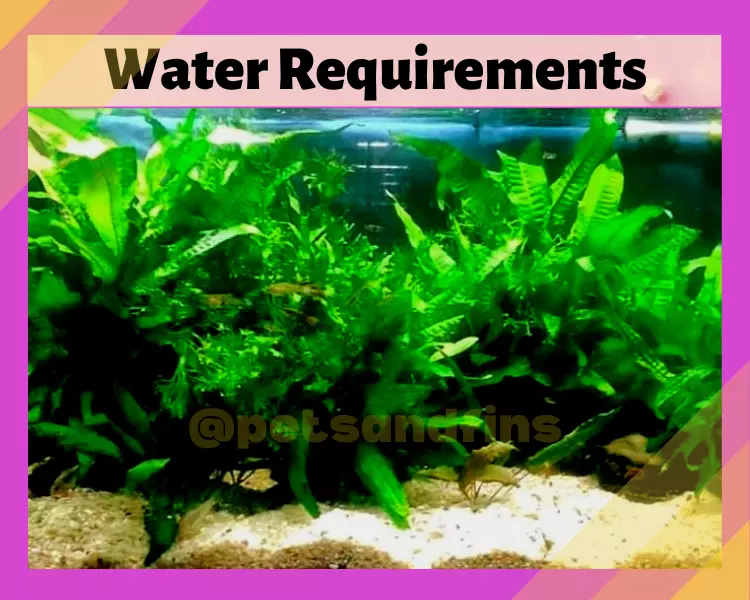
Java fern is a low-maintenance plant that requires minimal care and maintenance. It’s easy to grow, but they do have specific requirements for optimal growth.
The most important requirements for Java fern are temperature, pH, and water hardness.
The ideal temperature range for Java fern is 68 – 80 Fahrenheit (20 – 27 Celsius).
The ideal pH level for Java fern is 6 to 7.5.
Java Fern will do well at a water hardness of 3-8 dGH and requires a minimum tank size of 10 Gallons.
Your Java Fern will require minimal lighting. Too much light can damage the leaves and can kill your plant. Ask your store keeper for a light between 40 – 125 PAR.
Benefits of Java Fern In Aquarium
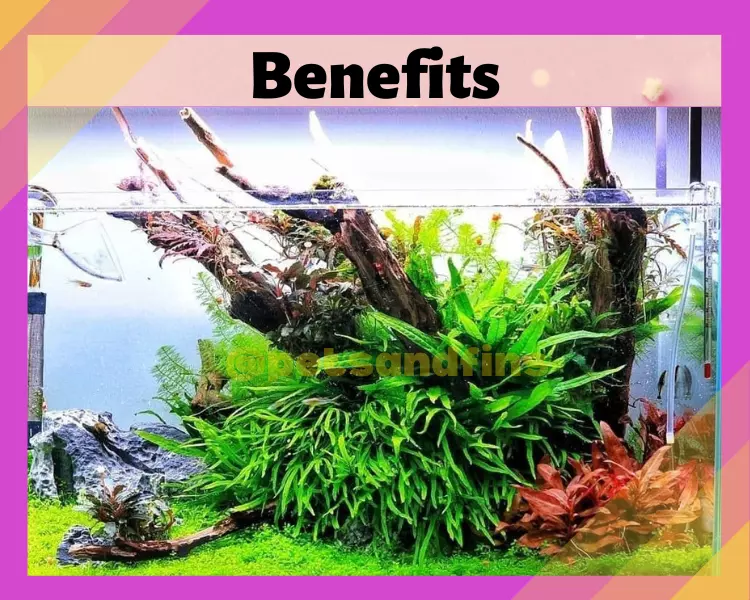
Java Fern is a great plant for beginners, as it’s very easy to care for.
It works well in low light and low nutrients and CO2 levels.
It also has a high nitrate tolerance and can lower nitrate levels.
Java Fern is good for shy fish who need cover.
It also prevents algae growth—which means less work for you!
It can be placed with all types of fish, including those that require higher temperatures than your average tropical aquarium.
It doesn’t require substrate, so it’s easy to put together your aquarium without having to worry about getting the right type of substrate.
You can use any filter with Java Fern—and no matter what filter you use, it’ll do great!
It does well in low temperatures and high temperatures alike; in fact, it grows best at 74 degrees Fahrenheit (23 Celsius).
It absorbs Co2, which is one of the most harmful things for fish. This makes your tank less acidic and helps keep your fish happy.
They work well with driftwood because they grow from the bottom up, so they’re easy to attach to driftwood.
They’re an awesome breeding ground for fish, shrimps and snails.
Caring For Java Fern

Caring for Java fern in the aquarium is not as hard as you think. It is a beautiful plant that can be kept in any tank. The only thing you need to remember is to prune it from time to time.
It is important to note that the way you prune the fern will determine how it should grow. If you want it bushy, prune from the sides and if you want it tall, prune from the top. However, take care not to prune too much because this may harm the plant.
If your plant does not seem to grow or is melting, then give it a liquid fertilizer and prune the bad parts.
A 10 – 25% water change which you normally do should be good enough for your fern.
The water flow should be moderate. If it’s too strong, the leaves will start turning brown and falling off, which isn’t great for the plant. If you notice this happening, try placing your Java fern further away from the source or even moving it further down in the tank so that the force is less.
Black spots on the leaves that aren’t budding indicate excess light. If you see these, bring down the brightness if its an adjustable light, else cut down on light time. If neither works, then moving the plant.
With the right temperature and water hardness, the Java Fern is an easy maintenance plant which can give you the joy of natural greenery in your aquarium.
How to Buy Java Fern
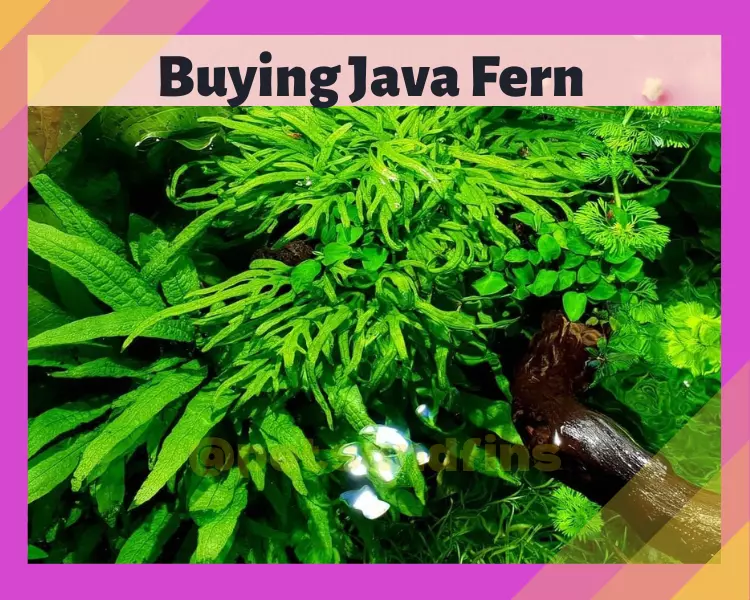
1) Check the tips of the leaves. They must be healthy and green. If they’re brown or yellowish-brown, this is a sign that they are dying and will need replacing soon.
2) Look at the rhizomes. They should be dark green; if they appear pale or yellowish-green, it means that they are unhealthy and may not survive long enough to grow in your tank.
3) Check for black spots on the leaves: Don’t confuse them with buds. Look carefully. Buds are perfectly normal parts of growing java ferns. But if they are mere spots, its not a great choice.
How to plant Java Fern

Java fern is a hardy plant that can be used in your aquarium. It is tolerant of many different water conditions, and it is easy to care for.
Here’s how to plant the Java fern in your aquarium:
1. Quarantine the plant – remove the dead or dying leaves if any
2. Mix a solution with 20 parts water and one part bleach
3. Soak the plant for 2.30 minutes
4. Rinse gently
5. Keep in plain water for three days or for a week if you can wait and check for any snails, etc
You can then plant it in the aquarium.
How To Propagate Java Fern
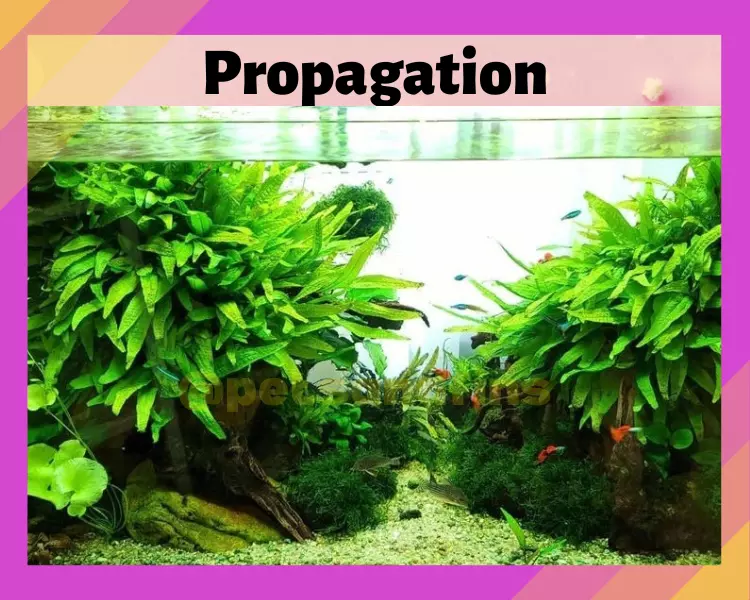
If you have a Java fern in your aquarium, you’ll be happy to know that propagating this plant is very simple.
The ferns self-propagate very easily, and they don’t require any special care or attention.
However, if you want to propagate them, cut the rhizome with a few leaves (remember to use clean scissors). Place it elsewhere in the tank. Remember not to bury the rhizome. It will kill the plant.
Wait for the leaves to sprout. Once they sprout, you can replant them elsewhere.
Another way is allowing the section to float till the sprout and then place them where you want.
Wrapping Up
Java Ferns are a beautiful addition to any aquarium, and they can be a good choice for beginners who want to add some plants to their setup. They have many benefits such as providing hiding places for fish, helping with nitrogen removal, and adding oxygen. The best part is that they are not hard to care for at all which makes it a great choice for a ‘busy you’.
